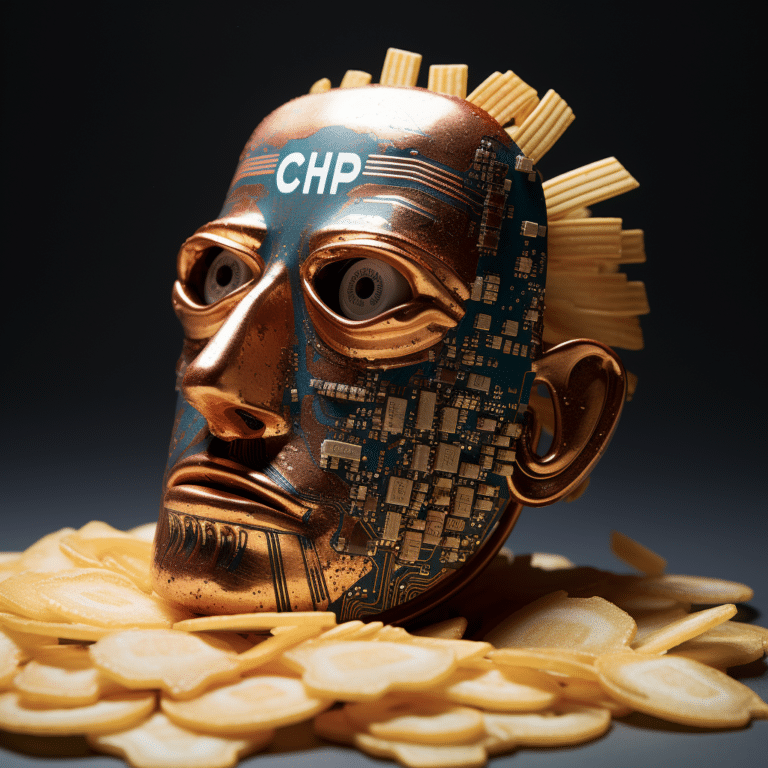In a remarkable and strategic shift within the tech industry, OpenAI, a pivotal player in artificial intelligence, contemplates diversifying into in-house chip manufacturing amidst the gripping global chip shortage, casting a spotlight on the intricate links between AI advancements and the underpinning hardware necessities.
“OpenAI is extremely GPU-limited,” expressed Sam Altman, OpenAI CEO, underlining the profound impact of chip scarcity on the forward momentum of AI projects and strategies.
Amidst Scarcity, A Strategic Pivot?
Chips, the crucial underpinnings of artificial intelligence technologies, have been plunged into a stark global scarcity, urging companies like OpenAI to recalibrate their strategies and ponder about their future moves in a constricted market. Sources intimate with the situation disclosed a tantalizing prospect: OpenAI is not only exploring in-house chip production but is also weighing an acquisition of an unidentified company to supercharge these ambitions.
But why are these considerations coming to light now? And how does chip availability directly influence the trajectories of artificial intelligence development and application?
A Dialogue of Concern: AI and Hardware Entwined
In a candid discussion and subsequently deleted blog post by Humanloop CEO Raza Habib, the profound echoes of concern about GPU limitations within OpenAI were brought to light.
Sam Altman elucidated, “The biggest customer complaint was about the reliability and speed of the API…most of the issue was a result of GPU shortages.”
This directly hinders the enhancement and scaling of offerings like the 32k context in ChatGPT, and the efficient finetuning methods that demand extensive compute capabilities. Altman unveiled a future that might behold better support for finetuning and potentially, a marketplace hosting community-contributed models. But these forecasts are starkly contrasted by the present, where GPU availability is noticeably bottlenecked.
Tracing Global Impact: Following the Footsteps of Tech Titans
If OpenAI’s exploration manifests into a solid transition towards creating its chips, it would tread the path previously paved by tech behemoths like Google and Amazon. This move, undeniably, would be a strategic endeavor to wrest control from the capricious global chip market and stabilize the execution of their ambitious AI projects.
Ever since the unveiling of ChatGPT last November, a palpable surge in demand for specialized AI chips has been witnessed, nudging NVIDIA’s share prices upward as enterprises scramble to secure this pivotal hardware.
An Unveiled Future: Strategy Amidst Uncertainty
As the negotiations and deliberations unfurl within OpenAI, a decision is yet to be finalized concerning its foray into chip manufacturing or the potential acquisition. The narratives entwining artificial intelligence and chip availability undeniably enthrall a future where strategies must be meticulously crafted, maintaining a delicate equilibrium between innovation and practicalities.
Will OpenAI transcend the limitations imprinted by the current chip shortage? How will this potential shift influence the larger landscape of AI technology and its expansive possibilities?
As we peer into the future, the intersectionality of technological advancement and resource availability is starkly illuminated, invoking poignant questions about sustainability, strategic adaptability, and the entwining trajectory of artificial intelligence and hardware capabilities.
